The past few weeks have included a difficult discussion regarding the passage of Prop 3 (Medicaid Expansion) and how to deal with.
It is no secret that I have been a proponent of an incremental approach to helping the most vulnerable among us and resisting being drawn in to the prospect of a rapidly expanding social welfare program that promises easy money from the federal government.
I have consistently supported a fiscally responsible approach to those who are truly unable to help themselves as well as those for whom a hand up will lead to self reliance. I have requested and argued for increased funding to reduce the Services for People with Disabilities (DSPD) waiting list each year. For those who are not familiar, the DSPD program provides needed services to families with disabled members that would otherwise end up in institutions.
I also worked with Rep. Jim Dunnigan to develop the parameters of the Targeted Adult Medicaid program to extend benefits to the chronically homeless, those who are coming out of the justice system, and those who need substance abuse or mental health treatment.
These programs have been able to stay within existing budgets using appropriate cost control measures and I believe are being handled in a way that they can be sustained into the foreseeable future, including through an economic downturn.
In contrast, the concept embodied in Prop 3 is problematic because it was not adequately funded from the get go, let alone have features that would make it sustainable through a downturn. Within the first few years, Prop 3 would have resulted in budget shortfalls, resulting in cuts to the program, reductions in other social services budgets, or arguably, loss of funding available for eduction.
Even though I would have preferred that Utah continue to pursue incremental expansion, I committed to working with my colleagues to find a way to honor the spirit of Prop 3 and provide coverage opportunities to the same populations, but to do it in a way that meets two criteria: 1) ensure that the program has adequate funding so that it can be sustainable into the long run, including during economic downturns, and 2) that it takes full advantage of waivers and flexibility from the federal goverment.
Coverage for All is the version adopted by the House and meets all of those criteria. The same people can get affordable coverage and instead of the $210 million shortfall of Prop 3, Coverage for All is projected to generate a $240 million surplus over the next five years.
The following show how Coverage for All stacks up against Prop 3:
SIMILARITIES
| Prop 3
| Coverage for All
|
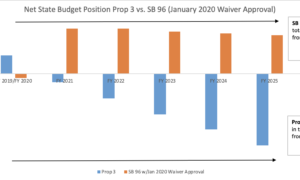
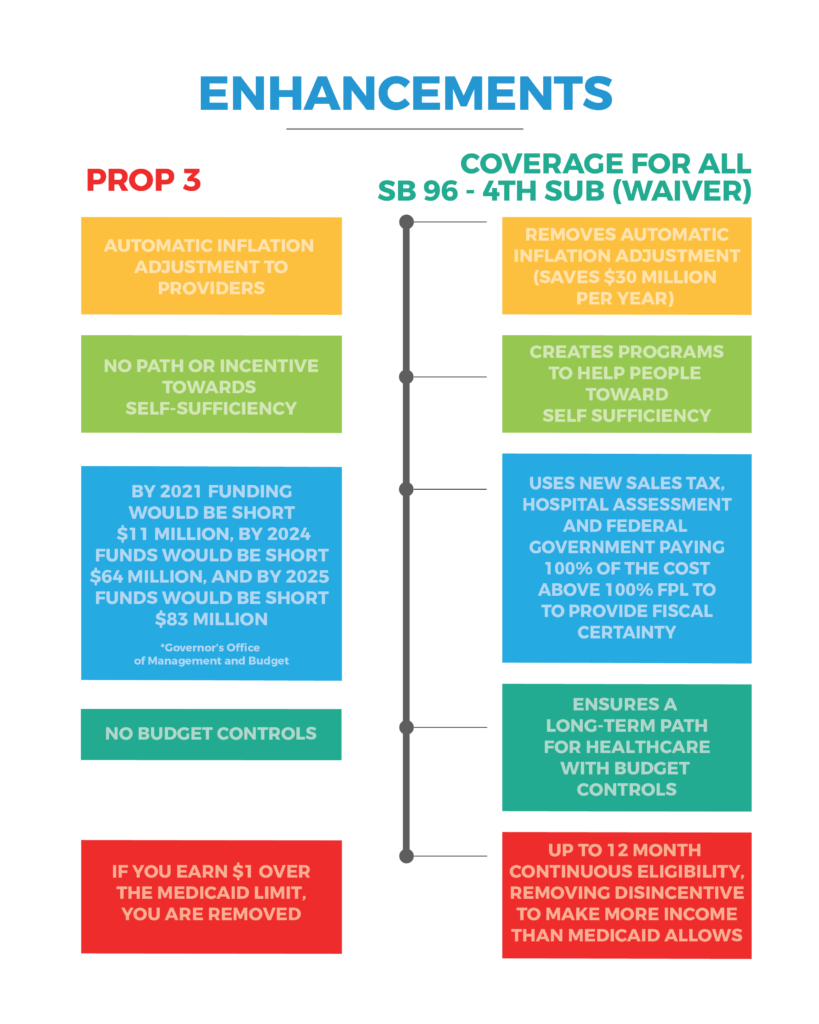
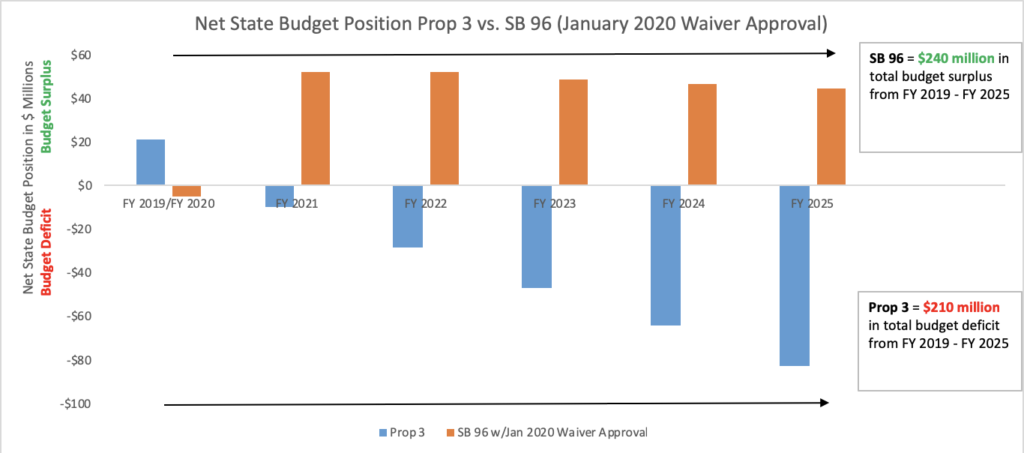
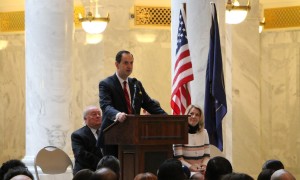
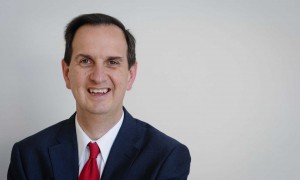
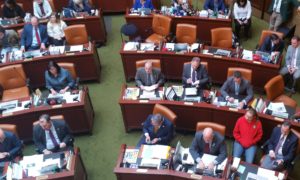
I like this approach and feel good about it. I really like that people are not penalized for earning more and that they can improve their situation during a 12 month time period with medical help.